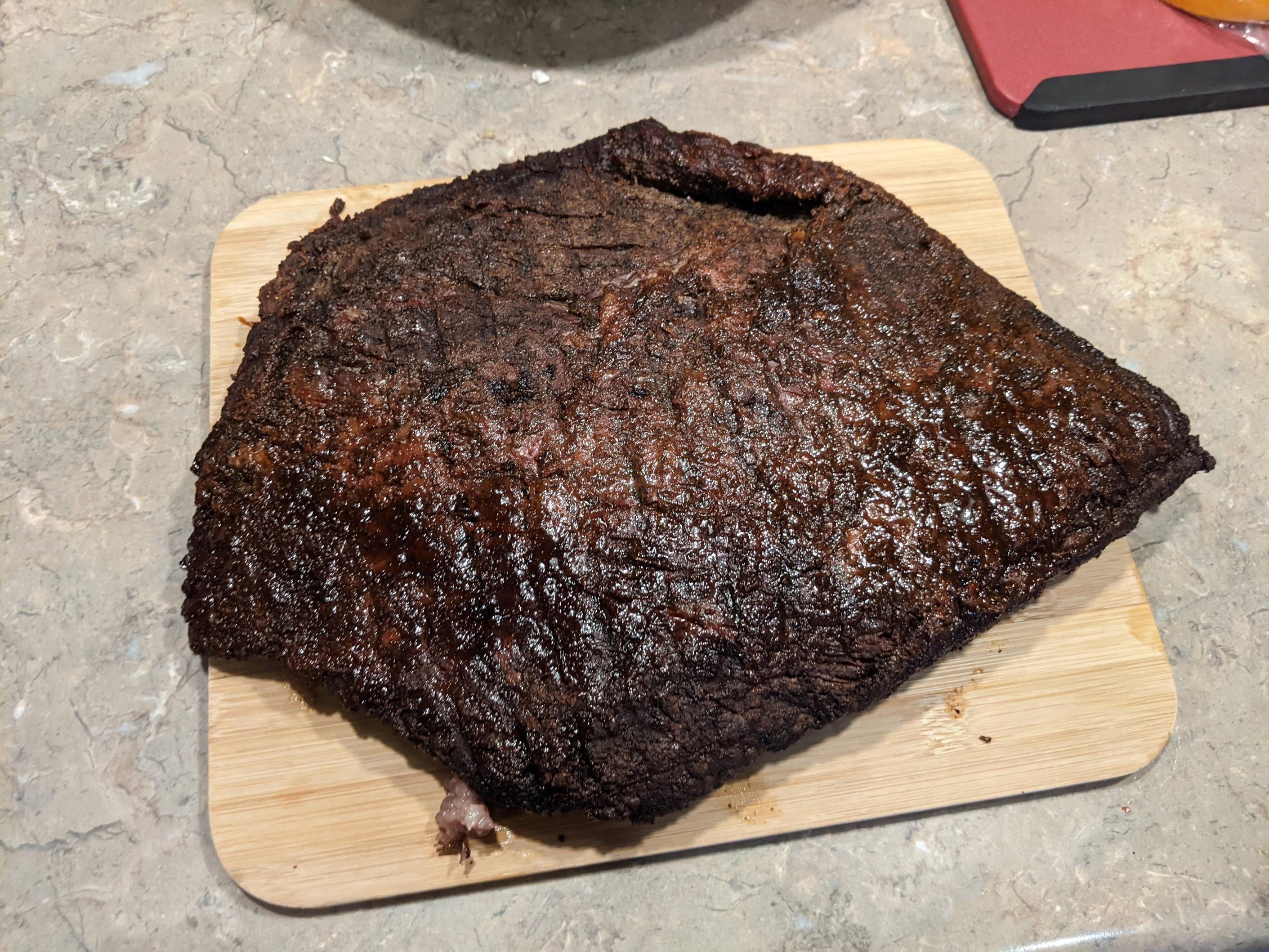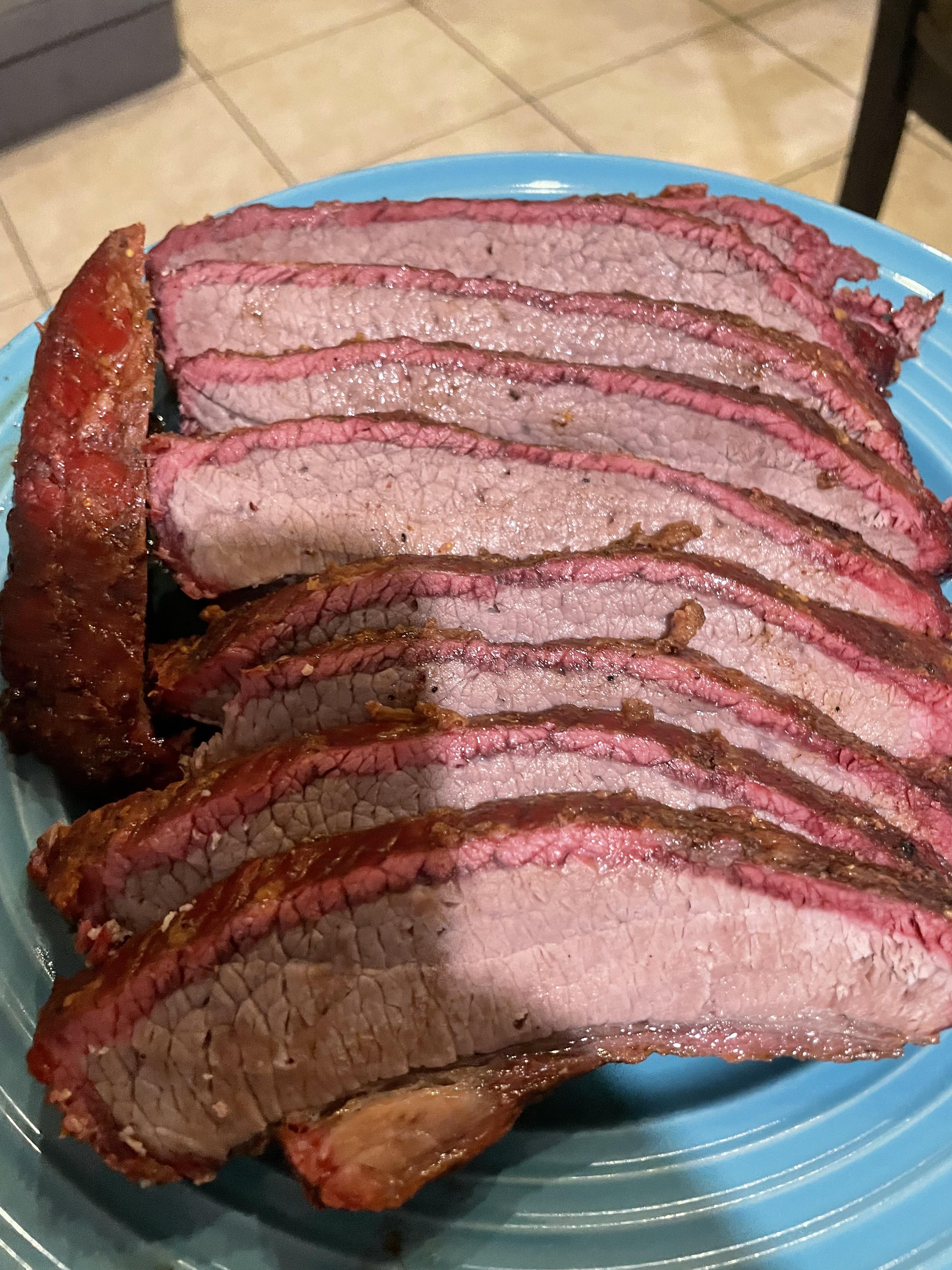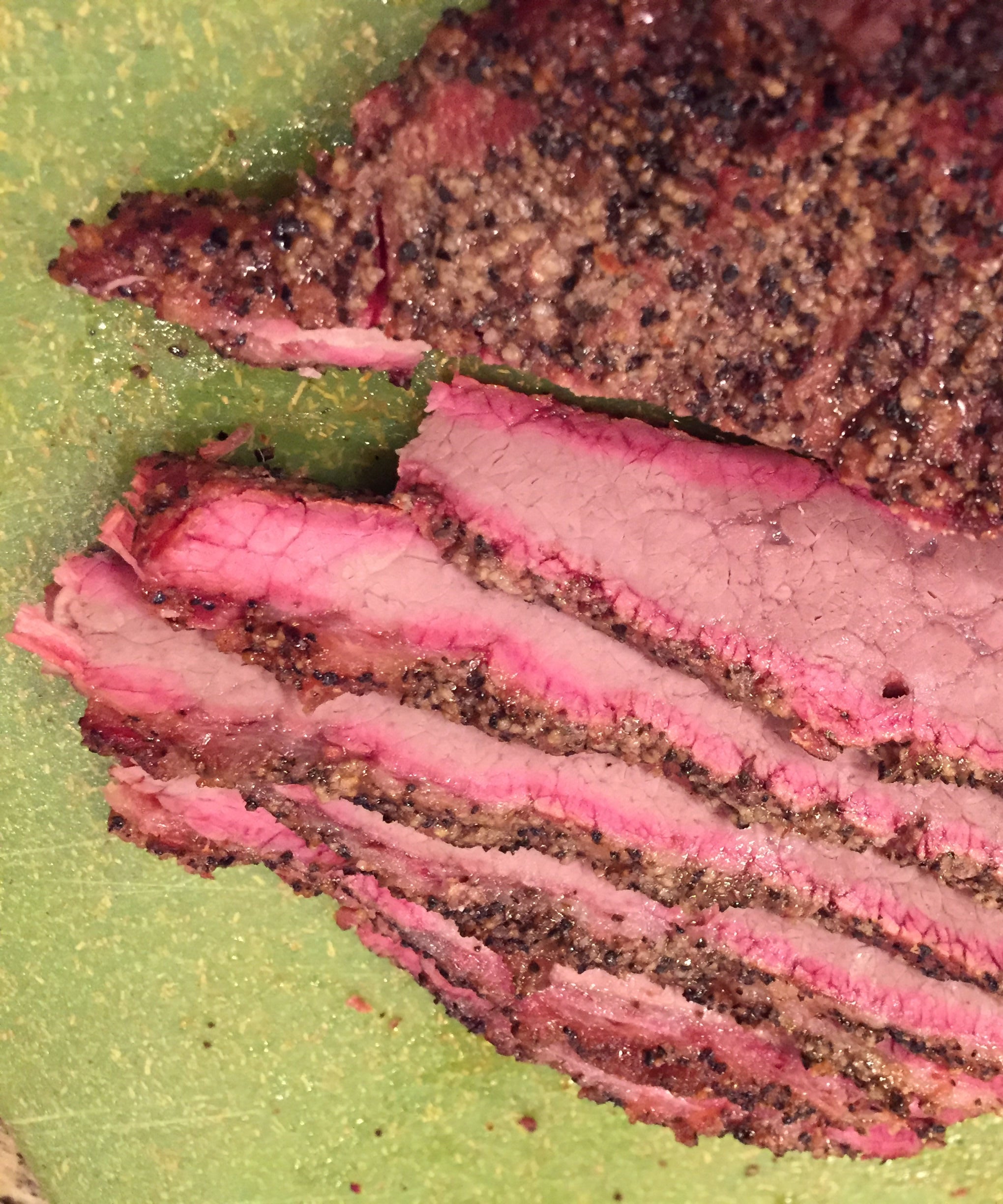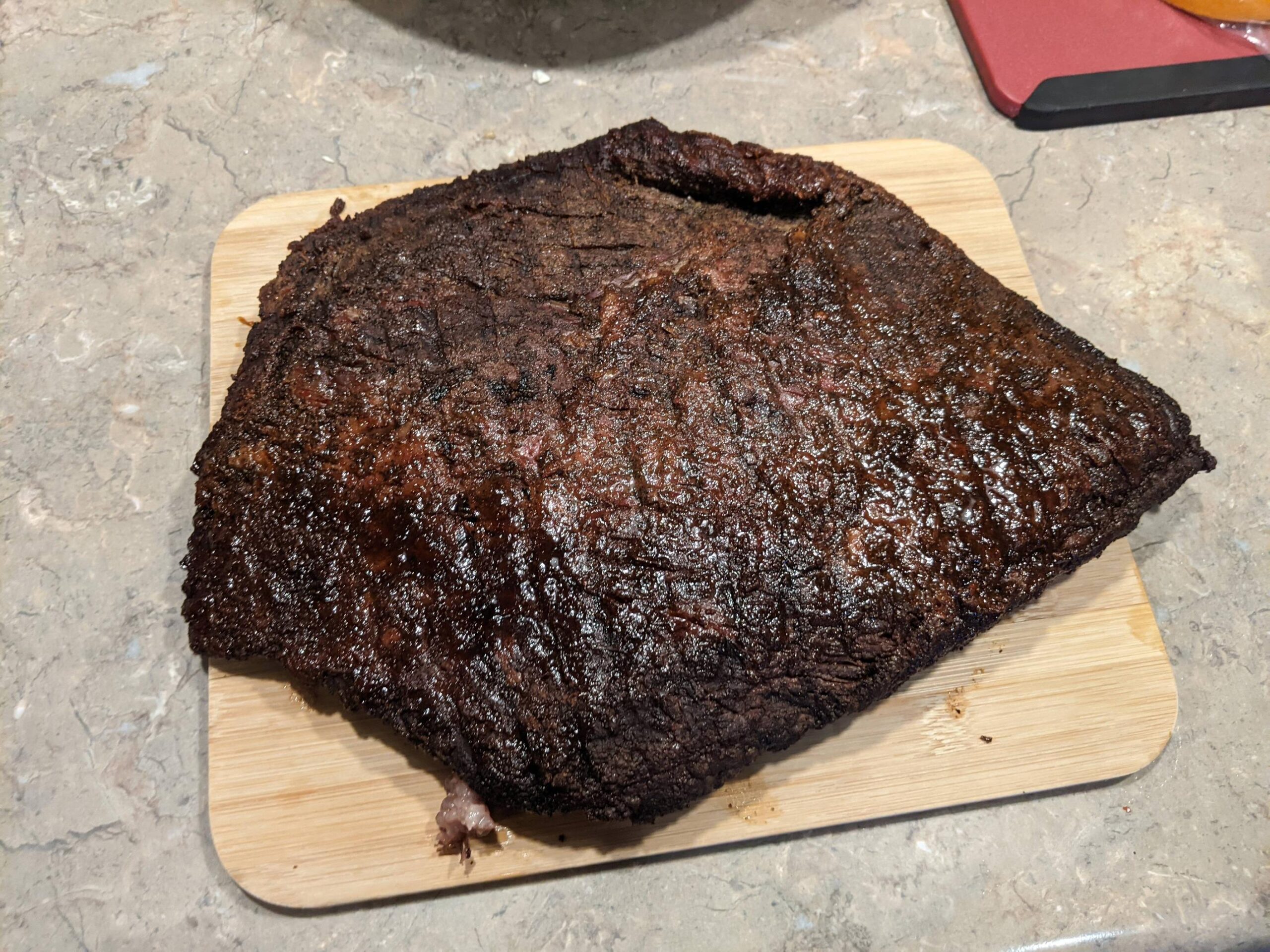
Introduction
Overview of Smoking Brisket
Smoking brisket is an art cherished by barbecue enthusiasts. The process transforms a tough cut of meat from the lower chest of the cow into a juicy, tender, and flavorful delicacy. During smoking, the magic happens as the meat absorbs the wood smoke, developing a rich flavor profile. Most pitmasters recommend choosing a good-quality brisket with marbling, as the fat content plays a crucial role in achieving that melt-in-your-mouth texture.
When it comes to smoking brisket, patience is key. The hours spent in the smoker can be well worth it when you finally slice into that beautifully cooked meat, revealing a smoky crust and a tender interior.
Importance of Cooking Temperatures
The cooking temperature significantly impacts the texture and flavor of smoked brisket. Different temperatures yield different results, and understanding these can enhance your smoking journey. Common practices include:
- Cooking at 180°F: This lower temperature allows the fat to render slowly, enhancing tenderness and offering a subtle smokiness.
- Cooking at 225°F: Higher temperatures lead to quicker cooking time, producing a robust bark and promising consistent doneness.
A key takeaway is to monitor the internal temperature carefully, aiming for around 185°F to ensure the perfect balance of tenderness and flavor. Choosing the right cooking temperature ultimately contributes to the success of your brisket, making it a vital aspect of the smoking process.

Understanding the Difference
Effects of Cooking at 180°F
Cooking brisket at 180°F is often heralded as the best choice for achieving superior tenderness. At this lower temperature, the interior fat begins to melt gradually, acting as a natural tenderizer. This slow cooking process yields several notable effects:
- Tender Texture: As the fat breaks down, it infuses a rich flavor throughout the brisket, making each bite juicy and succulent.
- Subtle Smokiness: The brisket absorbs smoke efficiently when cooked at this temperature, leading to a delightful, subtle smokiness without overpowering the beefy essence.
- Ideal for Thinner Cuts: If working with a thin-cut brisket, 180°F can be perfect, allowing for even cooking without drying out the meat.
However, it’s important to note that cooking at this temperature may lack the crispy bark that many pitmasters desire, and the overall cooking time will be extended.
Effects of Cooking at 225°F
On the flip side, cooking brisket at 225°F presents different advantages, appealing to those who prefer a signature crust. The effects include:
- Faster Cooking Time: This higher temperature reduces the overall cooking time, which can be a huge benefit for those short on time.
- Robust Flavor: The increased heat leads to a more pronounced smokiness, making for a richer flavor profile.
- Desirable Crust: It also promotes that sought-after outer crust or “bark,” offering a delightful textural contrast to the tender meat inside.
Ultimately, the choice between 180°F and 225°F will depend on the specific brisket cut and personal preferences for texture and flavor.

Factors to Consider
Time Efficiency
When it comes to smoking brisket, time efficiency is a significant factor. Depending on the cooking temperature chosen, the time commitment can vary greatly.
- Cooking at 180°F:
- This lower temperature usually translates to a longer cooking time. Expect to spend around 1.5 – 2 hours per pound. This means that for a 16-pound brisket, you could be looking at 24-32 hours of total cooking time.
- It’s important to plan ahead, especially if you’re aiming for a specific serving time.
- Cooking at 225°F:
- This method cuts down the cooking time considerably, often requiring about 1 – 1.5 hours per pound.
- For the same 16-pound brisket cooked at 225°F, you could expect to finish in about 16-24 hours.
By understanding your timeline and cooking temperature, you can better organize your day, ensuring everyone gets to enjoy that delicious smoked brisket on time!
Texture and Flavor
The texture and flavor profile of the brisket is equally vital to consider. Cooking at different temperatures yields distinctly different results:
- At 180°F:
- The fat renders slowly, leading to an incredibly tender, moist texture with a subtle smokiness. This method is ideal for achieving a melt-in-your-mouth experience, particularly with well-marbled brisket.
- At 225°F:
- You get quicker cooking, resulting in a firmer texture and a pronounced bark. The richer smokiness enhances the overall flavor experience, offering that classic barbecue taste loved by many.
Ultimately, your choice of temperature will depend on the balance you want between time efficiency and the desired texture and flavor of your finished brisket.

Tips for Smoking Brisket
Temperature Control Tips
Controlling the cooking temperature is crucial when smoking brisket. Whether you opt for 180°F or 225°F, maintaining a consistent temperature ensures that your brisket turns out just right. Here are some effective temperature control tips:
- Use a Reliable Thermometer: Invest in a good quality meat thermometer, preferably one that allows you to monitor temperatures without opening the smoker. This helps prevent heat loss and ensures accuracy.
- Aim for Stability: If your smoker tends to fluctuate in temperature, make necessary adjustments well in advance. A little patience goes a long way in maintaining a stable cooking environment.
- Consider Wind and Weather: On a windy day or a cold night, your smoker may require more fuel to maintain temperature. Factor in the weather conditions and be prepared to add fuel as needed.
Monitoring Techniques
Effective monitoring techniques will keep you informed about the progress of your brisket while reducing the need for constant checking.
- Probe Thermometers: Insert a probe thermometer into the thickest part of the brisket before cooking. This allows you to continuously check the internal temperature without lifting the lid.
- Visual Inspection: Every few hours, take a quick look inside the smoker. Check for adequate smoke and overall color. A good bark should be forming, indicating that your brisket is doing well.
- Timing: Keep a record of the time spent at each phase. This can help inform future cooks and adjust your methods as necessary.
Incorporating these temperature control and monitoring techniques will enhance your smoking experience, leading to perfectly cooked brisket every time.

Experiment Results
Comparison of Brisket Cooked at 180°F and 225°F
When it comes to smoking brisket, the debate between cooking at 180°F and 225°F often sparks lively discussions among enthusiasts. To uncover the differences, two briskets were cooked side by side.
- Brisket at 180°F:
- Texture: The brisket was notably tender, as the slow cooking allowed the fat to render beautifully, creating a moist and melt-in-your-mouth experience.
- Flavor: A subtle smokiness graced this brisket, making it an ideal choice for those who prefer a milder flavor profile.
- Cooking Time: It took approximately 24 hours to reach the perfect internal temperature, requiring careful monitoring.
- Brisket at 225°F:
- Texture: This brisket had a firmer texture with a satisfying crust, thanks to the higher heat.
- Flavor: The flavor was richer and bolder, displaying a pronounced smokiness that many enthusiasts crave.
- Cooking Time: It finished in roughly 16 hours, a favorable time reduction for those with tighter schedules.
Feedback from Tasters
After the smoke settled, a group of tasters was brought in to provide feedback.
- 180°F Brisket:
- Comments: “Incredibly tender! It’s like butter.” “The subtle smokiness enhances the beef without overpowering it.”
- 225°F Brisket:
- Comments: “The bark is fantastic—just what I love about brisket.” “Rich flavor with a great smoke ring—but maybe a bit too intense for my taste.”
This experiment highlighted that the choice between 180°F and 225°F ultimately boils down to personal preference. Whether seeking a soft, subtle experience or a bold, hearty bark, both temperatures create delightful brisket worthy of any barbecue feast.

Expert Recommendations
Insights from Pitmasters
When it comes to smoking brisket, the advice from seasoned pitmasters carries significant weight. Many of them emphasize the importance of patience and precision in the smoking process.
- Fat Rendering: According to experts, the key to a great brisket lies in allowing the internal fat to render slowly at the right temperature. Pitmaster Joe Smoker shares, “When smoking at 180°F, the fat melts beautifully, acting as a natural tenderizer. It’s the secret to that melt-in-your-mouth experience.”
- Quality of Meat: Choosing a high-quality, well-marbled brisket is crucial. Pitmasters often stress that the better the quality of meat, the less seasoning is needed to enhance its natural flavors.
Many also recommend embracing the art of experimentation to find what works best for individual taste preferences and local conditions.
Preferred Cooking Temperatures
As for cooking temperature, opinions vary. Here are the insights gathered from multiple sources:
- 180°F: Preferred by those aiming for tenderness and subtle smokiness. Ideal for thin cuts, it provides a longer cooking time that results in juicy, flavorful brisket.
- 225°F: This temperature is favored for its efficiency and the crisp, well-formed bark it produces. It’s often considered the best choice for thicker cuts, producing a robust flavor and a rich smoke ring.
In the end, expert recommendations highlight the relationship between temperature, time, and quality, guiding enthusiasts on their journey to achieving brisket perfection. Taking these insights to heart can lead to some unforgettable smoke sessions!

Conclusion
Recap of Key Points
In this exploration of smoking brisket, we’ve navigated through the nuances of temperature and techniques, gaining insights that can elevate any barbecue experience. Here’s a quick recap of what we’ve learned:
- Temperature Matters: The choice between 180°F and 225°F significantly affects the tenderness and flavor of the brisket. Each temperature brings its own advantages, with 180°F emphasizing tenderness and subtle smokiness, while 225°F delivers a robust flavor and desirable crust.
- Cook Time: Cooking at 180°F requires more time, typically around 1.5 to 2 hours per pound, while 225°F offers a faster option at 1 to 1.5 hours per pound.
- Preparation is Key: Proper trimming and seasoning can enhance the final product, highlighting the natural flavors of the meat.
By understanding these fundamentals, achieving the perfect brisket becomes a more attainable goal.
Final Decision: 180F or 225F?
Ultimately, the decision between 180°F and 225°F boils down to personal preference and circumstances.
- If time allows, and you’re after a melt-in-your-mouth texture with a subtle flavor, then 180°F is your best bet.
- However, if you’re looking for something more efficient with a rich smoke flavor and a nice bark, 225°F is likely the way to go.
As you prepare to fire up your smoker, remember that the best outcome often comes from a combination of preparation, experimentation, and a little trial and error. Whether you choose to smoke at 180°F or 225°F, the journey will definitely reward you with delicious results!


Leave a Reply